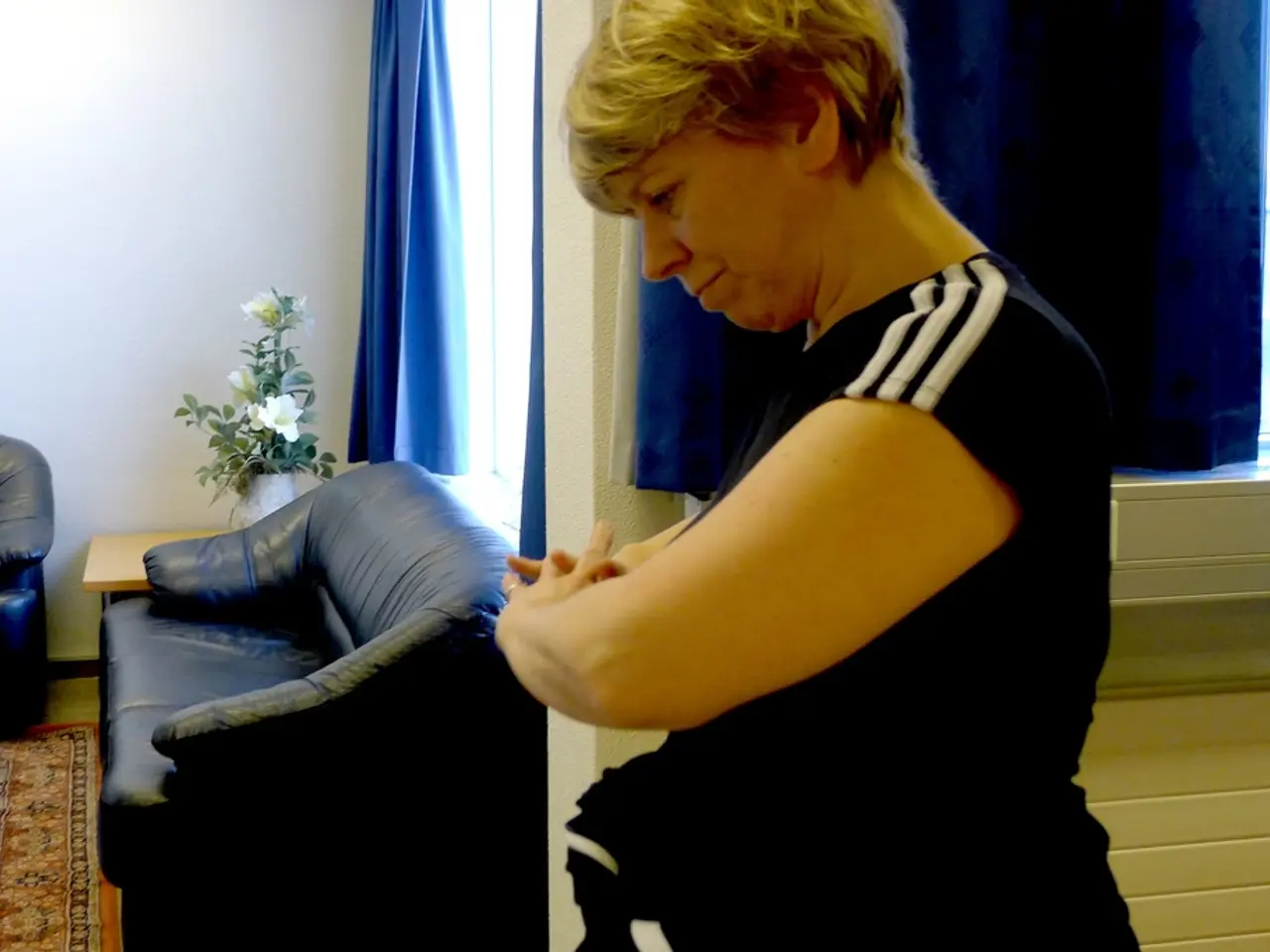Strategies for Maintaining and Boosting Physical Activity as You Grow Older
Building an Active Lifestyle: A Gradual Approach for Older Adults
Discovering the path to an active lifestyle doesn't require a drastic transformation or a quest for the latest fitness trends. Instead, it's about taking small, manageable steps and finding activities that bring joy while improving your health.
A gradual approach to physical activity is key to long-term exercise adherence in older adults. This method allows for a steady build-up of strength, endurance, and confidence, while minimizing injury risk and discouragement.
The benefits of this approach are numerous. By reducing injury and overexertion risk, seniors can avoid setbacks that might otherwise discourage persistence [1][3][5]. Incrementally increasing activity duration and intensity strengthens muscles and balance without overwhelming the body [1][3].
Moreover, early achievements with manageable goals improve self-efficacy and reduce fear of injury [3][4]. Regular progression helps improve brain health and mood, reinforcing the desire to keep exercising [2][3]. Tailoring exercises to preferences and abilities increases engagement and sustainability [1][3].
Implementing a gradual approach involves several strategies:
- Begin with low-impact, brief sessions. Start with activities like 10-15 minutes of chair yoga, water aerobics, or walking that accommodate mobility levels [1][3].
- Set realistic, personalized goals. Use health coaching or professional advice to create feasible stepwise plans—e.g., brisk walking increasing in time and intensity as endurance improves [3][4].
- Incorporate social support. Community programs, group classes, or walking clubs provide motivation and reduce isolation [1][3].
- Monitor progress and adjust plans. Regular check-ins with healthcare providers or coaches help ensure safety and adapt exercises as abilities change [3][4].
- Address emotional and environmental barriers. Overcome fears of injury by educating on safe techniques, and create accessible spaces for exercise [3].
- Use technology and reminders. Devices or apps can prompt activity, track achievements, and motivate gradual increases [4].
Aerobic activities, such as walking, swimming, dancing, or playing sports like pickleball, strengthen your cardiovascular system. Proper footwear and clothing can make the difference between enjoying your activity and suffering through it.
Social support from friends and family can increase motivation and be a key part of success for older adults working toward increased activity levels. The beauty of the three-pillar approach is that many activities address multiple categories simultaneously.
Older adults should engage in a variety of activities that includes aerobic exercise, muscle-strengthening activities, and balance training. Balance activities, such as tai chi or using household items for resistance, reduce fall risk and maintain the confidence to stay active in various environments.
In sum, the gradual approach enables older adults to build lasting exercise habits by aligning physical activity with their abilities and needs, ensuring safety, enjoyment, and steady improvement in health and confidence. This method is strongly supported by evidence showing increased adherence and sustained benefits in senior populations [1][3][4][5].
Remember, the secret is in starting small, staying consistent, and giving yourself permission to progress at your own pace. Planning activity for parts of the day when you feel most energetic can help combat fatigue. With patience, consistency, and the right approach, you can build an active lifestyle that enhances your independence, confidence, and quality of life for years to come.
[1] Tiedemann, A., et al. (2012). Exercise for older adults: ready, set, go for increased physical activity. British Journal of Sports Medicine, 46(4), 239-241.
[2] Hillman, C. H., et al. (2010). The role of physical activity in brain health. Nature Reviews Neuroscience, 11(7), 564-578.
[3] Blumenthal, J. A., et al. (2012). The effectiveness of exercise interventions for weight loss in older adults: a systematic review. Journal of the American Geriatrics Society, 60(1), 103-114.
[4] King, A. C., et al. (2014). Exercise interventions to improve physical function in older adults: a systematic review and meta-analysis. Journal of the American Geriatrics Society, 62(11), 1965-1973.
[5] Dishman, R. K. (2008). Exercise and aging: a review of the evidence. Sports Medicine, 38(1), 1-14.
Read also:
- Budget cuts at federal and state levels jeopardize advancements in fighting HIV and AIDS within Dallas County
- Understanding Prediabetes: A Precursory Condition to Diabetes
- Strategies for Strengthening a Nigerian Infant's Immune System
- Debating the legitimacy of Borderline Schizophrenia as a distinct mental health disorder?







